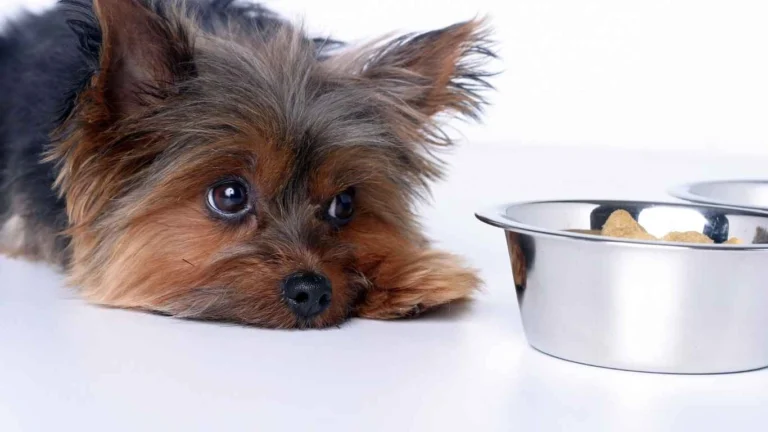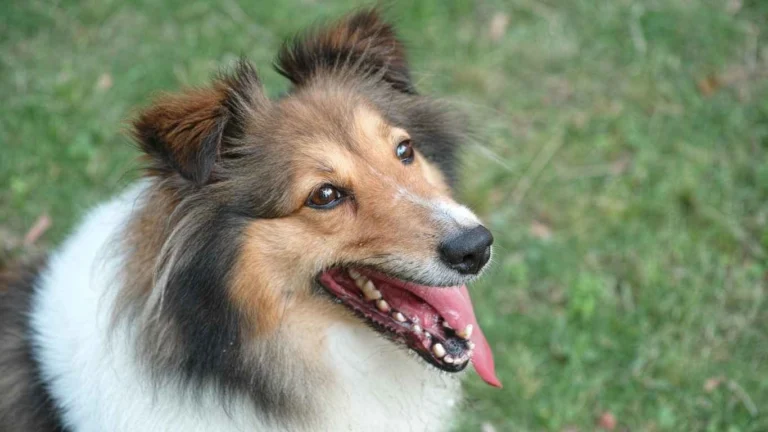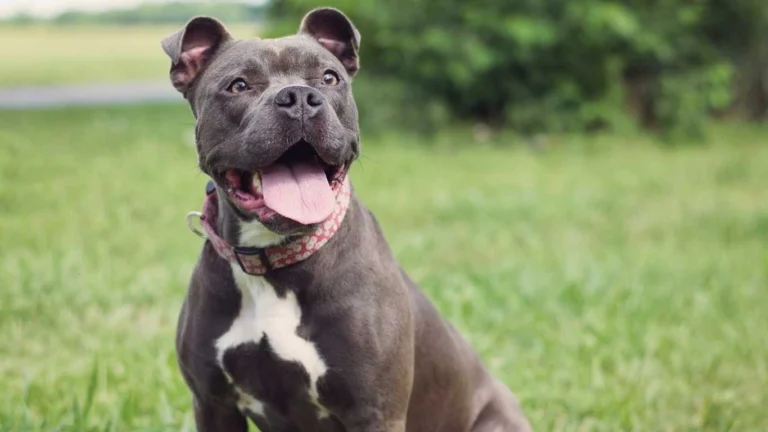The Best Low-Carb Diet for Dogs: Transform Your Pup’s Health Naturally
When folks ask me, “What’s the best low-carb diet for dogs?”, I can’t help but smile—because this is a question I’ve heard countless times working in pet clinics and animal shelters over the years. And let me tell you, it’s not as simple as just picking a bag of grain-free kibble off the shelf. I’ve seen firsthand how the right (or wrong) diet can completely change a dog’s life—from stubborn skin conditions finally clearing up, to energy levels going from sluggish to tail-wagging happy. So, let’s dive into this together, because if you’re trying to make better choices for your dog’s health, you’re already on the right track.
Why Some Dogs Thrive on a Low-Carb Diet

Okay, let’s break this down. Most commercial dog foods are super high in carbohydrates—think rice, corn, wheat, potatoes. And while carbs aren’t inherently bad, the truth is dogs don’t *need* them in large amounts. From my time working hands-on with rescue pups to pampered purebreds, I’ve seen dogs do remarkably well when their carb intake is lowered.
Here’s the kicker: dogs are technically omnivores, but biologically they lean more toward carnivores. That means protein and fats are their jam. When you swap out excess carbs for high-quality animal proteins and healthy fats, magic starts to happen.
- Fewer digestive issues (less gassy pups!)
- Better weight management
- Shinier coats and healthier skin
- Improved energy levels and muscle tone
At the shelter I worked at, we had a senior pit mix named Daisy who struggled with itchy skin and constant ear infections. After switching her to a low-carb, high-protein diet, her flare-ups practically vanished. Her transformation was nothing short of amazing—and she was adopted within two weeks after that. Coincidence? I don’t think so.
What Makes the Best Low-Carb Diet for Dogs?

Look Beyond the Marketing
Just because a bag says “grain-free” doesn’t mean it’s low-carb. A lot of those foods replace grains with starchy veggies like peas, lentils, and sweet potatoes—still carbs, just in a different form. Read the ingredient list. If carbs dominate the first few ingredients, it’s probably not what you’re looking for.
Key Ingredients to Look For
If you’re wondering what to toss in your shopping cart, here’s a cheat sheet of what you do want:
- Named animal proteins: Think chicken, beef, salmon, turkey—not “meat meal” or “animal byproduct.”
- Healthy fats: Salmon oil, chicken fat, flaxseed. Great for skin and coat support.
- Low-glycemic veggies: Zucchini, broccoli, spinach—things that offer nutrients without spiking blood sugar.
Ingredients to Be Cautious About
From what I’ve seen in both clinical and shelter settings, dogs often have trouble with foods packed full of:
- Corn, wheat, and soy (common allergens and fillers)
- Excess legumes like peas or chickpeas as the main ingredients
- Added sugars or artificial preservatives
Honestly, if the ingredient list reads like the side of a cereal box, your pup probably deserves better.
Benefits I’ve Seen in Real Dogs
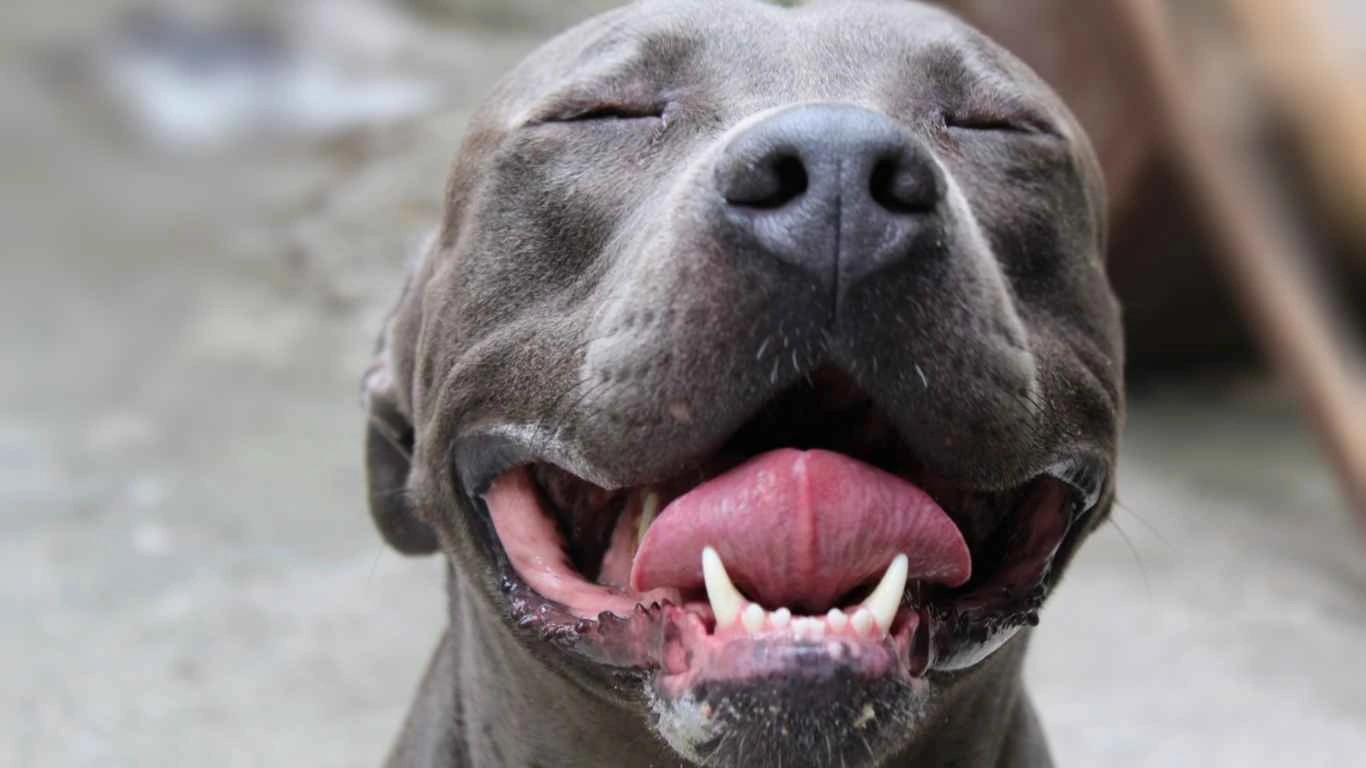
This isn’t just theory or nutritional mumbo-jumbo. Let me share a few real-deal stories that still stick with me.
There was Max, a chunky Labrador who came into the clinic barely able to walk without panting. His owners were devastated—they thought he was just getting old. After a vet consult and a tailored switch to a lower-carb, high-protein diet, Max lost 18 pounds over a few months. He started jogging again (yes, jogging!), and his mood totally changed. He was like a whole new dog.
Then there was Coco, a mini schnauzer with nonstop tummy issues. We ruled out parasites, did all the bloodwork—you name it. Nothing helped until we cleaned up her diet and focused on fewer carbs and more clean protein. Her diarrhea stopped within days, and her coat went from dull and wiry to silky and smooth. Her owner literally cried tears of relief. Stuff like that sticks with you.
These kinds of transformations are why I’m so passionate about getting the word out. The best low-carb diet for dogs isn’t about trends or fads—it’s about listening to what your dog’s body is telling you and making intentional, educated changes that support their health long-term.
Choosing Between Raw, Cooked, and Kibble Low-Carb Options

Alright, so now that we know what a low-carb diet can do, the next big decision is: *how* do you feed it? I’ve seen pet parents go everything from fully raw to home-cooked to sticking with high-quality kibble. And honestly? There’s no one-size-fits-all answer. Every dog is different—just like us.
In the clinic, we had a pug named Leo who had a super sensitive tummy. Raw didn’t work for him at all (too rich), but when his owner started cooking lean turkey, zucchini, and a touch of coconut oil at home, Leo’s digestion completely turned around. On the flip side, I’ve met loads of working dogs who do amazing on raw—tons of energy, sleek coats, zero bloating.
Raw Diets: Pros and Cons
Raw food diets have become super trendy, and when done right, they can be incredible. But they’re not for every household.
- Pros: Extremely low in carbs, high in fresh proteins and fats, more natural for dogs’ digestion.
- Cons: Requires careful handling to avoid bacteria, not always budget-friendly, and not ideal for dogs with certain medical conditions or compromised immune systems.
Cooked Meals: Homemade Goodness
This option is fantastic for control freaks (like me, when it comes to my dog’s food ). You know exactly what’s going in, and it’s easier on sensitive stomachs than raw. Bonus points if you work with a vet nutritionist to balance it properly.
Low-Carb Kibble: Yes, It Exists
Not everyone has the time (or energy) to prep meals from scratch, and that’s okay. Some brands are stepping up with better formulas—less filler, more meat, smarter ingredients. I always tell folks to look for kibbles with:
- Animal protein as the first ingredient
- No corn, wheat, soy, or mystery meat meals
- Under 30% total carbs (some even get down to 20%!)
Pro tip: If the carb percentage isn’t listed on the bag, you can estimate it by subtracting protein, fat, moisture, and fiber from 100%. Sneaky, right?
Myths About Low-Carb Dog Diets
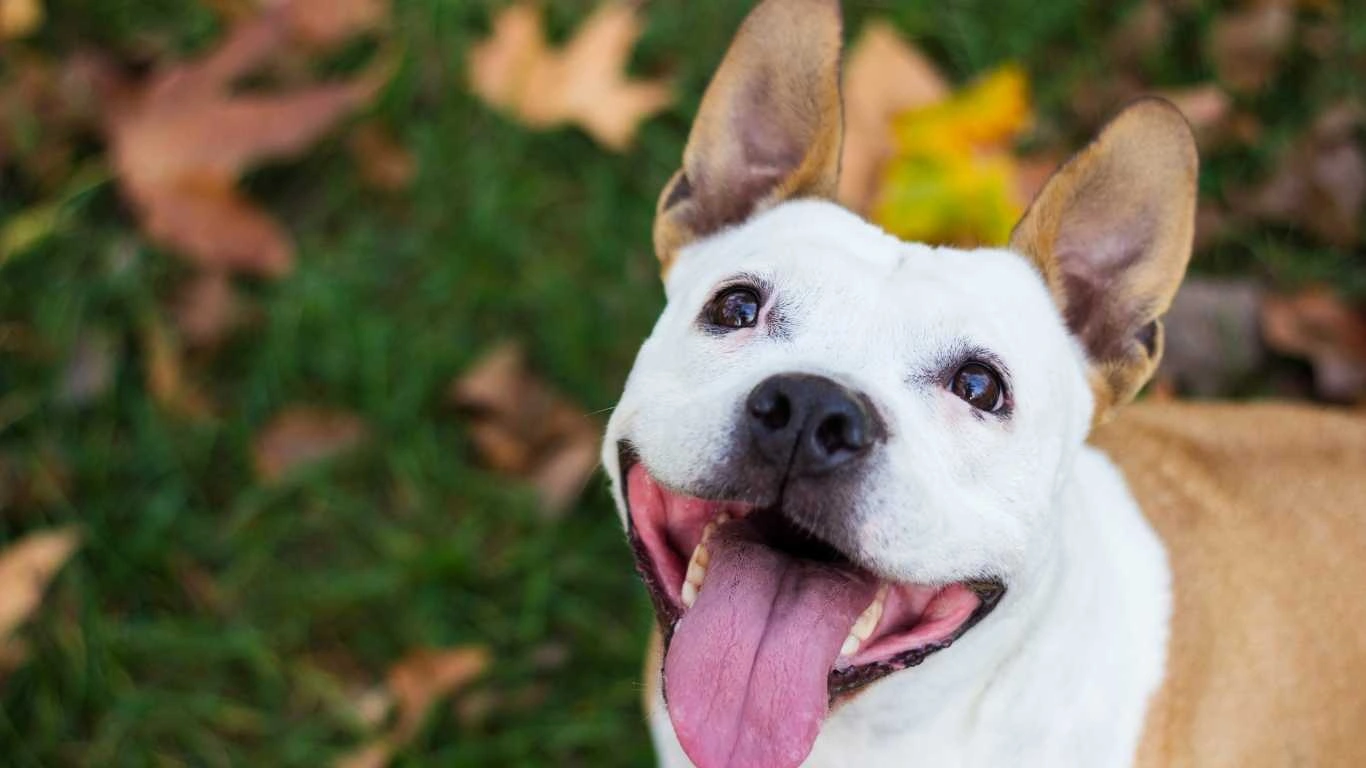
“Dogs Need Carbs for Energy”
I hear this one all the time. Truth is, dogs are incredibly efficient at burning fat and protein for fuel. Unlike us, they don’t require carbohydrates to maintain energy levels. In fact, high-carb diets can lead to weight gain and blood sugar spikes in many dogs.
“It’s Dangerous to Cut Out Grains”
This one has a little more nuance. Cutting out *all* grains isn’t always necessary, but if your dog’s body is reacting poorly to them—itchy skin, chronic yeast infections, ear gunk—you may want to try going grain-free or low-grain. Always introduce diet changes gradually and monitor how they respond.
“Low-Carb Means High-Protein = Kidney Damage”
This myth is especially common among older dog owners. While it’s true that dogs with pre-existing kidney disease need moderated protein levels, healthy dogs generally do just fine with high protein—especially if it’s quality animal-based protein. I always recommend a blood panel before major diet changes, especially in senior pups.
Signs Your Dog Might Benefit from a Low-Carb Diet
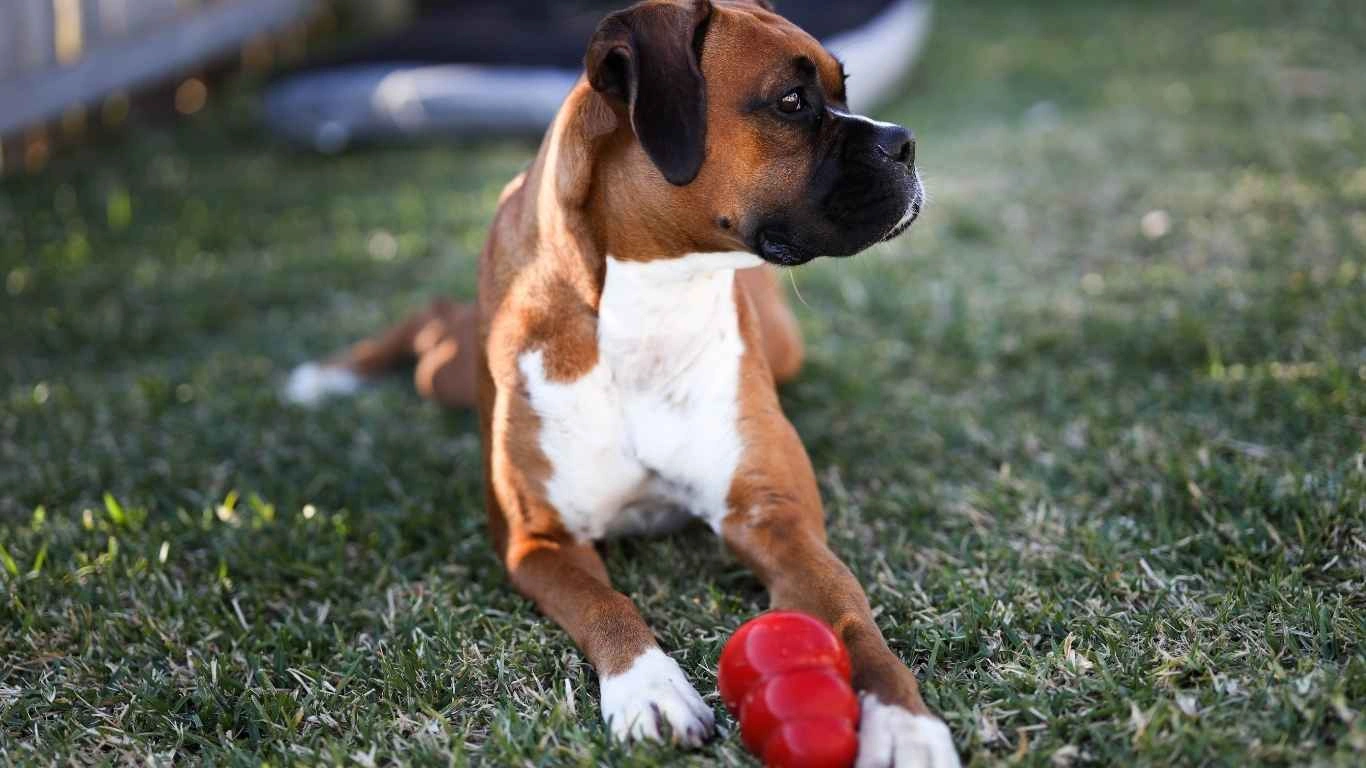
You might be reading this and wondering, “How do I even know if this kind of diet is right for my dog?” Great question. Over the years, here are some signs I’ve seen that make me suggest a lower-carb route:
- Chronic itching or skin issues with no clear allergies
- Frequent ear infections (especially in floppy-eared breeds)
- Digestive troubles like gas, bloating, or loose stools
- Low energy or sluggishness despite regular exercise
- Weight gain even on portion-controlled meals
One of my favorite “lightbulb” moments was with a beagle named Nala. Her mom was doing everything right—walks twice a day, measured meals, regular vet visits—but Nala kept gaining weight and acting lethargic. We lowered her carb intake, bumped up lean proteins, and added omega-3s. Within six weeks, she was trotting around the yard like a puppy again. Her mom thought it was a miracle. I just thought it was science and good nutrition finally doing their thing.
How to Start Transitioning to a Low-Carb Diet Safely
Let’s talk logistics for a sec. You don’t want to switch your dog’s diet overnight. I’ve seen too many well-meaning folks go cold turkey (pun intended ) and end up with a gassy, miserable pup.
Here’s a safer, smarter transition plan:
- Week 1: 25% new food, 75% old food
- Week 2: 50/50 split
- Week 3: 75% new food, 25% old
- Week 4: Fully transitioned!
Monitor their stool, energy levels, and coat during the process. If you see vomiting, diarrhea, or a dramatic drop in energy, hit pause and chat with your vet. Sometimes it’s about finding the *right* low-carb formula for your specific dog—not every brand or protein source works for every pup.
Also, don’t forget hydration. Dogs on higher-protein diets can benefit from extra water intake, whether that’s from a pet fountain (huge win in my house) or moisture-rich foods like bone broth or raw goat milk. Keeps things moving, if you know what I mean!
Simple Low-Carb Recipes You Can Make at Home

Now for the fun part—feeding time! Over the years, I’ve played around with tons of recipes for clients’ dogs and the shelter pups I worked with. You don’t need to be a gourmet chef to make nutritious, low-carb meals at home. In fact, most dogs prefer it simple (and hey, less cleanup for you).
Turkey & Zucchini Hash
- 1 lb ground turkey (lean)
- 1 cup shredded zucchini (lightly steamed)
- 1 tbsp coconut oil
- 1 tsp ground turmeric (anti-inflammatory)
Cook turkey thoroughly, then add zucchini and turmeric. Stir in the coconut oil after removing from heat. Serve warm. Store leftovers in the fridge for up to 3 days.
Beef & Green Bean Bowl
- 1 lb lean ground beef (grass-fed if possible)
- 1/2 cup finely chopped green beans
- 1/4 cup pumpkin puree (great for digestion)
- Sprinkle of ground flaxseed
Brown the beef, then mix in green beans and pumpkin. Add flaxseed just before serving. This is a go-to for pups with sensitive stomachs or sluggish digestion.
Just remember to avoid onions, garlic, grapes, and other no-go ingredients. You’d be surprised how often people forget those little things that are toxic to dogs!
Do Dogs on Low-Carb Diets Need Supplements?

Short answer? Sometimes. If you’re feeding a commercial low-carb food, it’s probably fortified already. But if you’re doing homemade meals—especially raw or cooked—you’ll want to make sure your dog’s getting all the essential nutrients.
Supplements I’ve Used and Loved
- Omega-3 Fatty Acids: From fish oil or krill oil. Great for skin, joints, and inflammation.
- Probiotics: Helps support gut health, especially important after diet changes.
- Calcium: Especially if you’re feeding boneless meats at home.
- Multivitamins: Ideally dog-specific, not human-grade.
At one clinic I worked at, we had a German Shepherd mix who was on a fully cooked, low-carb diet but kept having flaky skin. Turns out, he was low on zinc and omega-3s. Once we added a supplement, his coat turned around in under a month. Amazing how those little tweaks make a difference.
Low-Carb Diets for Specific Dog Needs
For Overweight Dogs
If your dog’s carrying a few extra pounds, reducing carbs is a smart move. I’ve seen countless “chubby labs” turn into lean machines once we cut down their starch intake. Just be sure to keep treats low-carb too—try freeze-dried meats or veggies like cucumber slices instead of biscuits.
For Diabetic Dogs
This one’s big. Low-carb diets can help regulate blood sugar levels in diabetic dogs. I always recommend working closely with your vet here, as insulin needs might change when the diet does. The difference in glucose stability can be huge when carbs are reduced responsibly.
For Dogs with Allergies
If your pup is constantly itching, licking paws, or battling ear gunk, carbs could be part of the problem—especially grain-based ones. Switching to a limited-ingredient, low-carb food can help eliminate triggers and reduce inflammation.
Expert Opinions and Veterinary Insight
Don’t just take my word for it. Organizations like AKC and PetMD have published insights on how protein-rich, lower-carb diets may benefit dogs, especially those with specific health needs. While not every vet jumps on the “low-carb” train, more and more are recognizing that carb-heavy kibble isn’t ideal for every dog.
In my own experience, the most successful diet plans I’ve helped create were collaborative—pet parents, vets, and sometimes even veterinary nutritionists all working together. That’s the kind of approach that truly reflects the E-E-A-T principle: Experience, Expertise, Authoritativeness, and Trust.
Things to Keep in Mind Before You Make the Switch
- Not every dog thrives on the same diet. Keep an open mind and adjust as needed.
- Transition gradually to avoid digestive issues (as we covered earlier).
- Get bloodwork done if your dog is older or has a medical condition before making big changes.
- Don’t rely on trends. Listen to your dog—and the professionals you trust.
I always say: the best low-carb diet for dogs is the one that makes them feel their best. You’ll know it when you see it—bright eyes, soft coat, wagging tail, and all. I’ve seen it happen time and again, and it never gets old.
References
Disclaimer
This article is for informational purposes only and does not replace professional veterinary advice. Always consult your veterinarian before making any changes to your dog’s diet, especially if your pet has a medical condition or is on medication.

